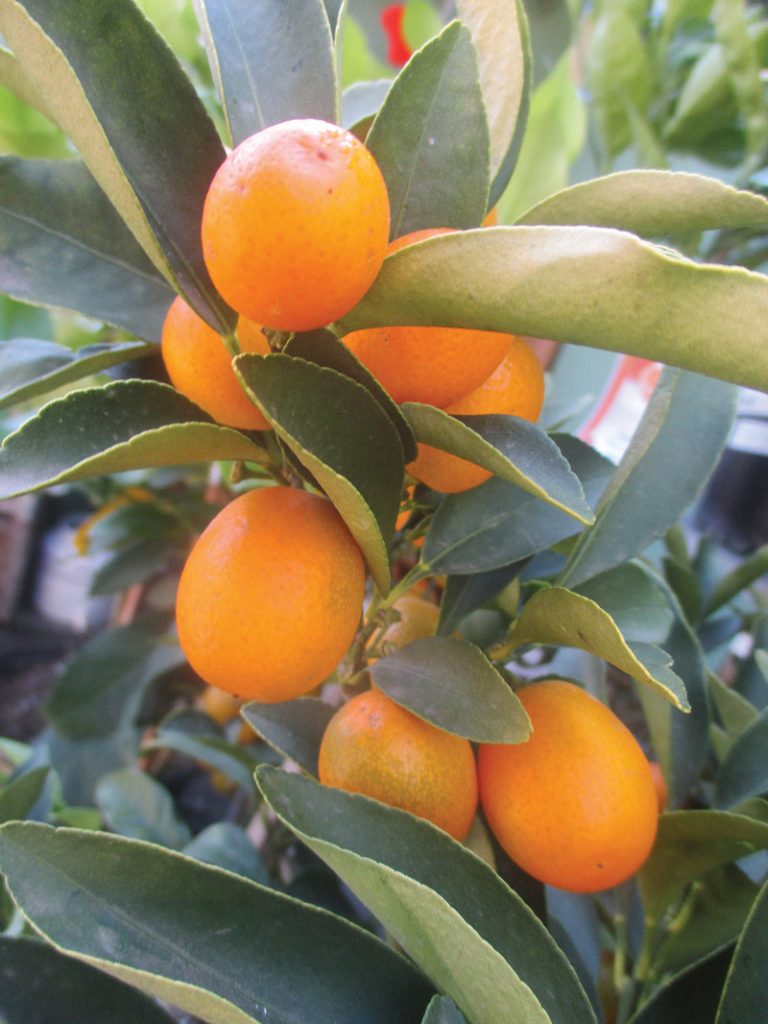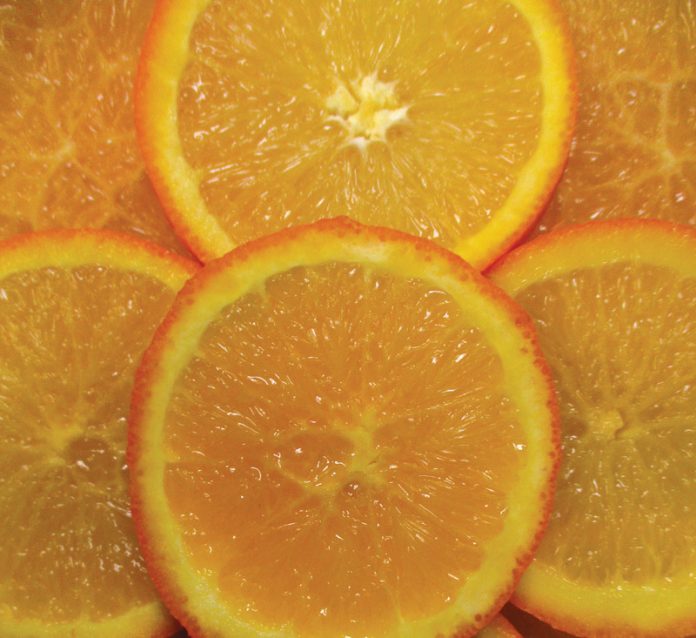By Tony Tomeo
Citrus seem like such summery fruits. Chilled lemonade and lemon meringue pie are best during warm weather. There are certainly plenty of lemons that ripen randomly throughout the year, and plenty that last for months on their trees. Most limes, some grapefruits and Valencia oranges will be around in summer too. Otherwise, most citrus are at their best right about now, through winter.
Mandarin oranges are traditional ingredients of well stuffed Christmas stockings. Where winters are cold and snowy, far from where they grow, they seem contrary to their natural ripening season.
Of all the citrus, they are the most perishable, so are best as they ripen. Their loosely fitting skins, that are so easy to peel, allow them to oxidize and dehydrate more readily than other citrus fruits.

Tangerines are just Mandarin oranges that were developed in North or South America. Rangpur limes are actually sour Mandarin oranges that are somewhat less perishable because their skins happen to fit more firmly. Calamondins, which are odd but likely natural hybrids of Mandarin oranges and kumquats, are diminutive tangy fruits that do not last much longer than Mandarin oranges.
Bearss limes are preferably harvested right as they grow to mature size, but just before they ripen completely. Their flavor mellows as they ripen and yellow. Fortunately, they develop sporadically through an extensive season, so can be available any time fresh limes are desired. Grapefruits can be left intentionally to mellow on their trees after ripening, although this tactic can inhibit bloom.
Otherwise, many citrus fruits can last for more than three months on their trees without consequence. Some improve with mellowing. Meyer lemons, which are a hybrid of an orange and a lemon, ripen like richly flavored lemons, and then mellow like very tart oranges. Since citrus fruits stop ripening when harvested, it is advisable to taste one before harvesting too many that are not ready.
Some ripened Mandarin oranges may have slight green blotches. Valencia oranges may be slightly yellowish.
Highlight: Orange
Most of us know what oranges are. The color is, of course, orange. They are very juicy and sweet. Cultivars that are most popular for eating fresh, particularly ‘navel’ oranges, are easy to peel and separate into segments. Those that are best for juicing, such as Valencia, are a bit smaller with thinner rind, so are a bit sloppier to peel and separate. Such “sweet” oranges are Citrus sinensis.
Richly tangy blood oranges are of the same species, but have blushed or deep red pulp and juice. Sanguinelli, although rare here, is nonetheless the most popular of the blood oranges, and is a traditional citrus component of sangria. The juicy fruit is compact, with tightly fitting thin skin, comparable to that of ‘Valencia’. Rarer Moro produces plumper fruit that is easy to peel and eat fresh.
Sour and bitter oranges, which are very rare here, are mostly Citrus auranticum. Sour oranges, such as Seville, are used for marmalades and confections. Bitter oranges are used for flavorings and fragrances, such as Bergamot for Earl Grey tea. Both bitter and sour oranges were less rare a century ago, when some were appreciated for alluringly fragrant bloom and handsome foliage.
Horticulturist Tony Tomeo can be contacted at tonytomeo.com.










